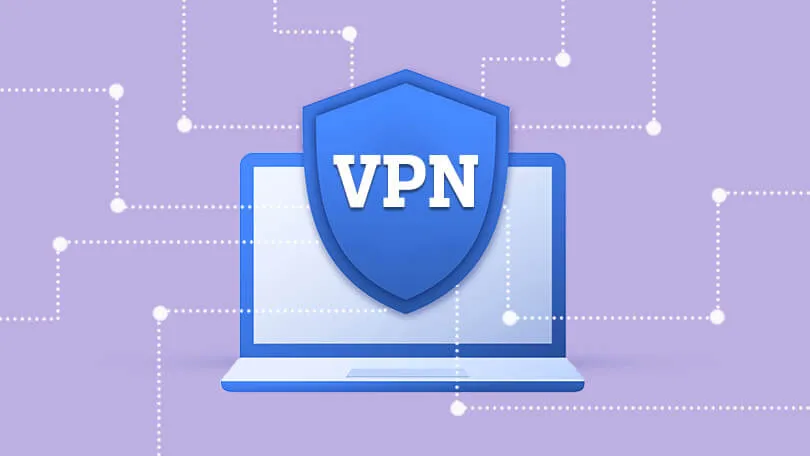
A Virtual Private Network (VPN) establishes an encrypted tunnel between your device and a secure server, ensuring that all your data remains private and protected from prying eyes. By masking your IP address, a VPN helps you stay anonymous online while preventing unauthorized access to your browsing activity.
Beyond security, VPNs also provide online freedom by allowing users to bypass censorship and access geo-restricted content. Once installed, a VPN enables users to safely browse global content with just a single click.
Why Use a VPN?
1. Enhanced Privacy & Security
Whenever you go online, your device exchanges information with various websites and services, often exposing your real IP address, location, and browsing history. Without protection, third parties—including your internet service provider (ISP), government agencies, advertisers, and hackers—can track and collect your data.
A VPN encrypts your connection, ensuring that your online activities remain private and secure from:
- Hackers on public Wi-Fi networks
- Data tracking by ISPs and apps
- Surveillance from government agencies
2. Access to Geo-Restricted Content
By allowing you to connect to servers in different countries, VPNs enable you to bypass regional content restrictions. This means you can access streaming services like Netflix, Disney+, and HBO Max from anywhere in the world.
3. Secure Remote Work
A VPN provides businesses with an extra layer of security, allowing employees to securely access company resources from anywhere. With remote work becoming more common, using a VPN helps protect sensitive business data from cyber threats.
What Is Malware?
Malware (short for malicious software) is designed to damage, infiltrate, or steal information from a computer system. Cybercriminals use malware to spy on users, steal personal data, or disrupt operations.
Common Types of Malware
1. Virus
A virus spreads by attaching itself to legitimate files or applications. Once activated, it can alter files, steal data, or disrupt system functions. One infamous example is Zeus, a banking Trojan that steals financial data.
2. Ransomware
Ransomware locks a victim’s files and demands payment in exchange for decryption. It typically spreads through phishing emails or malicious downloads.
3. Worms
Unlike viruses, worms self-replicate and spread across networks without human interaction. They often exploit software vulnerabilities to infect multiple devices.
4. Trojan Horse
A Trojan disguises itself as legitimate software to trick users into installing it. Once inside, it can steal sensitive information, install backdoors, or enable remote control of a system.
How to Protect Yourself from Malware
To defend against malware, follow these best practices:
- Use a reputable antivirus program and keep it updated.
- Keep your operating system and software patched with the latest security updates.
- Avoid clicking on suspicious links or email attachments from unknown sources.
- Be cautious of pop-up ads that urge you to download software.
- Use a firewall to block unauthorized access.
- Enable a VPN when using public Wi-Fi to encrypt your data.
Does a VPN Protect Against Malware?
A VPN and antivirus software serve different but complementary purposes in cybersecurity:
- A VPN encrypts your internet connection, hiding your online activity and protecting against man-in-the-middle attacks and Wi-Fi snooping.
- Antivirus software detects and removes malware, such as viruses and ransomware.
For complete cybersecurity, both a VPN and antivirus protection are necessary. While a VPN enhances privacy and security, an antivirus helps detect and neutralize malicious threats.
Final Thoughts
There is no single tool that can make you 100% malware-proof, but combining a VPN, antivirus software, and firewalls can significantly reduce your risk. A VPN enhances online privacy and security, while antivirus protection defends against malware threats.
By following best practices, staying vigilant, and using the right security tools, you can safeguard your data and maintain control over your digital footprint.

Add new comment